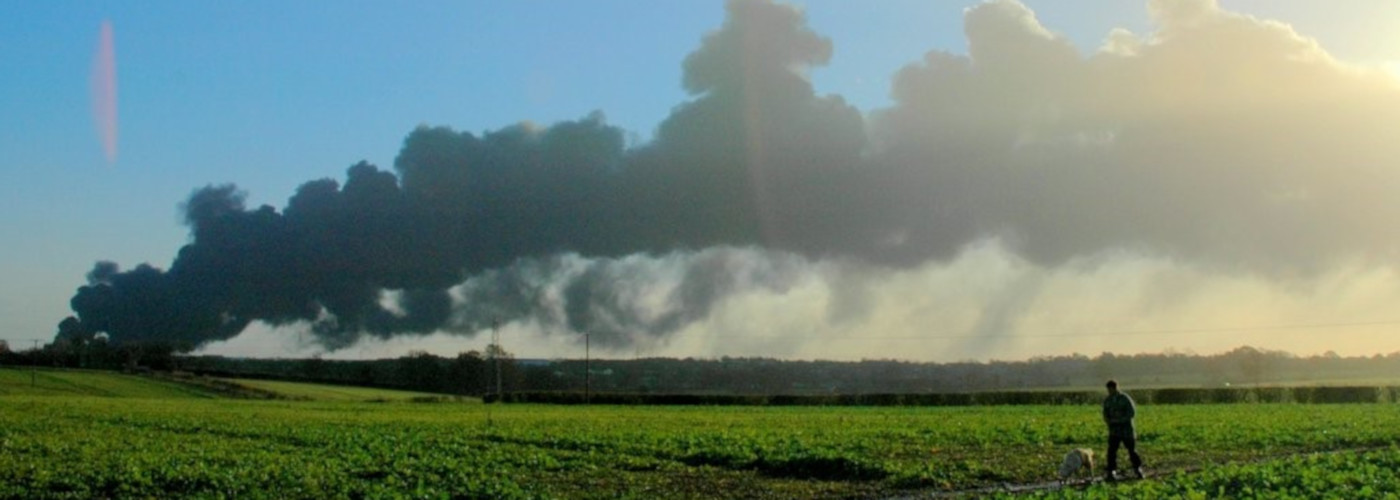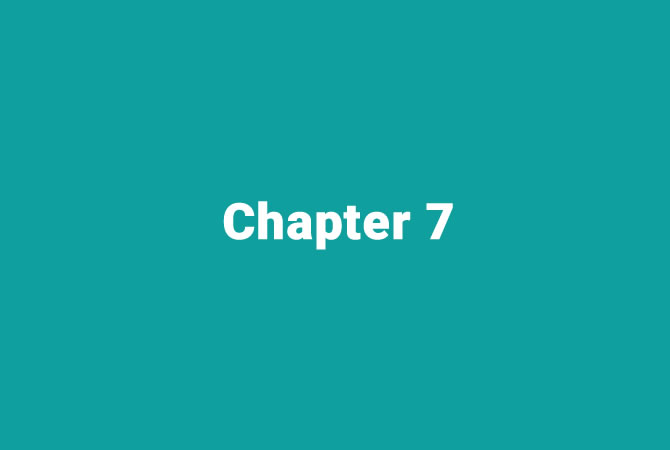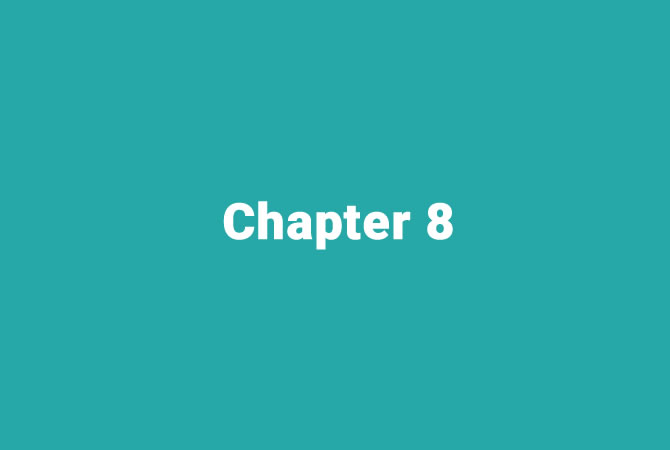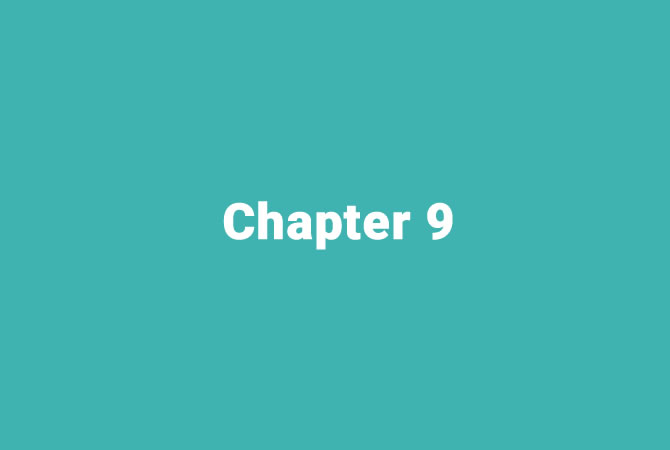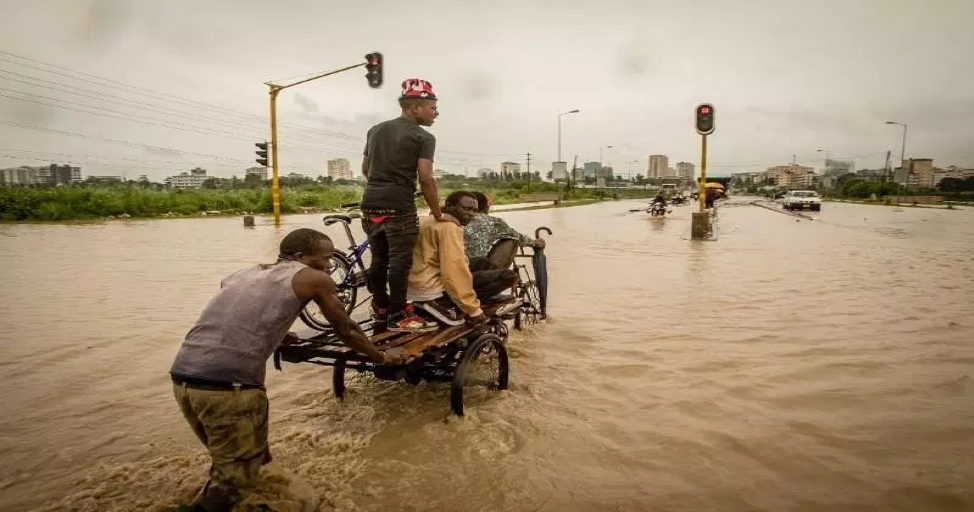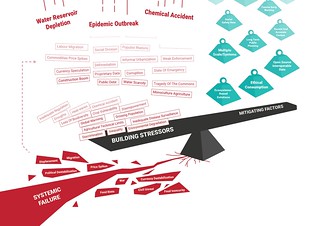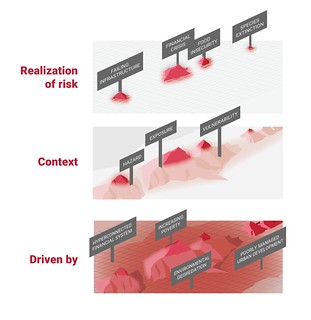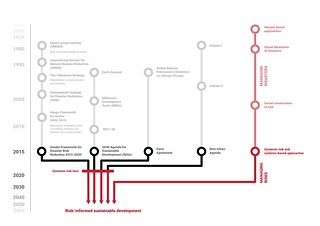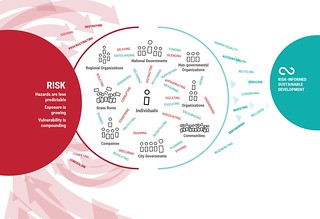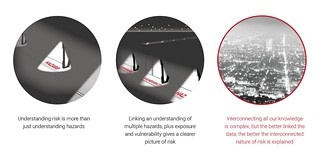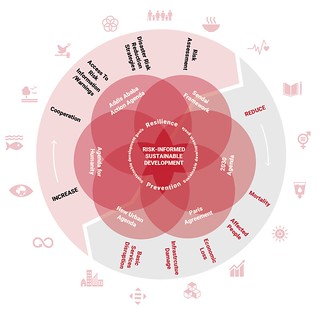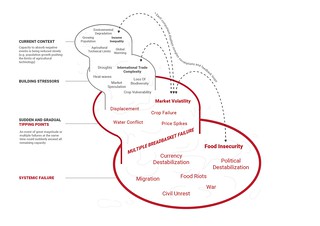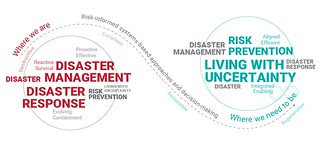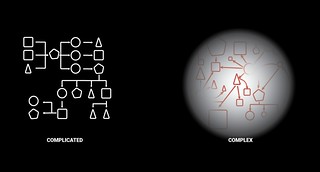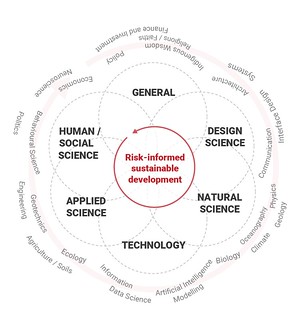Part II - Implementation of the Sendai Framework for disaster risk reduction and disaster risk-informed sustainable development
This part introduces the global disaster risk landscape with emphasis on the globally agreed goals and targets of the Sendai Framework and the 2030 Agenda. It takes stock of experiences so far, with a comparative analysis of country-specific evidence on national reporting.
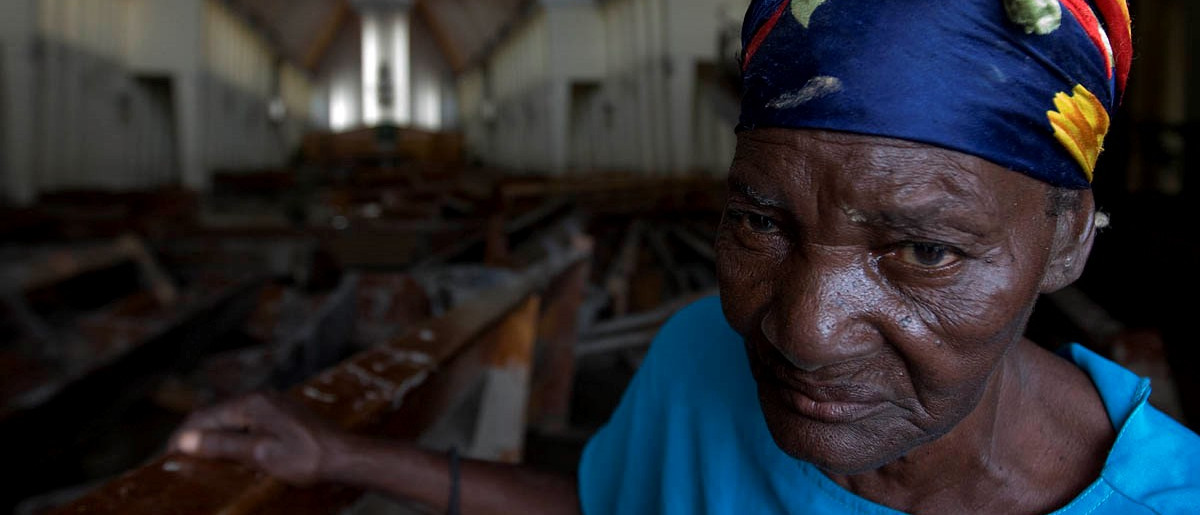
As the complexity and range of risks evolve, the Sendai Framework represents a shift from mainstreaming disaster risk to an approach of managing the risks inherent in social, economic and environmental activity for sustainable development. It includes seven global targets, accompanied by a comprehensive set of guiding principles that give direction to reduce the impact of disasters, while also addressing the underlying drivers of disaster risk and safeguarding development gains for current and future generations. Transitioning towards resilient and sustainable societies hinges on responsible management of disaster risks. Member States have taken bold steps in developing and incorporating the goals, targets and indicators – and associated data – within national reporting systems.
This part introduces the global disaster risk landscape and takes stock of experience so far with a comparative analysis of country-specific evidence on national reporting, informed by the latest disaster data available. It sheds light on successes and challenges as they emerge from the first years of reporting and provides early lessons for further improvements. While the observed period is still too short to reach definitive conclusions on a global scale, we can observe certain patterns in terms of magnitude, geographic and socioeconomic distribution of disaster impacts and several departure points of where and how countries have managed to do better in reducing disaster risk.
